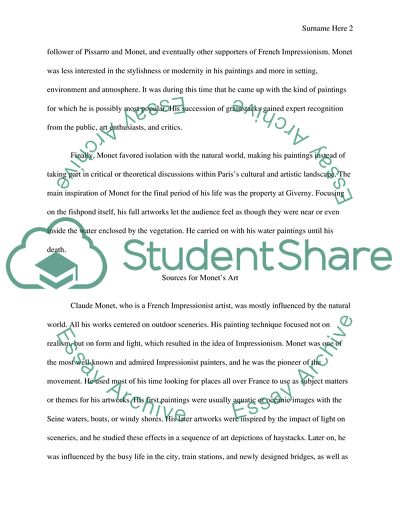Cite this document
(“Claude Monet: The Impressionist Research Paper Example | Topics and Well Written Essays - 1000 words”, n.d.)
Retrieved from https://studentshare.org/visual-arts-film-studies/1690260-claude-monet-the-impressionist
Retrieved from https://studentshare.org/visual-arts-film-studies/1690260-claude-monet-the-impressionist
(Claude Monet: The Impressionist Research Paper Example | Topics and Well Written Essays - 1000 Words)
https://studentshare.org/visual-arts-film-studies/1690260-claude-monet-the-impressionist.
https://studentshare.org/visual-arts-film-studies/1690260-claude-monet-the-impressionist.
“Claude Monet: The Impressionist Research Paper Example | Topics and Well Written Essays - 1000 Words”, n.d. https://studentshare.org/visual-arts-film-studies/1690260-claude-monet-the-impressionist.


